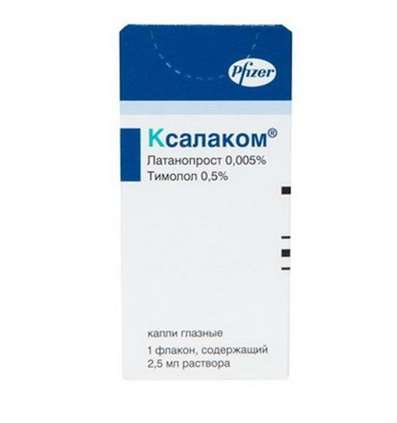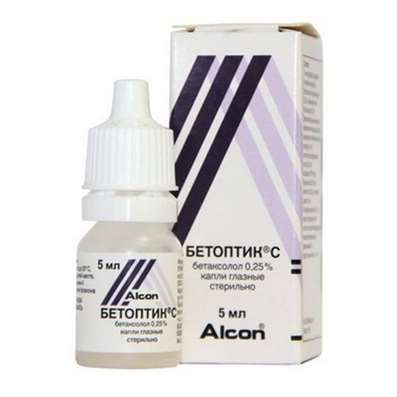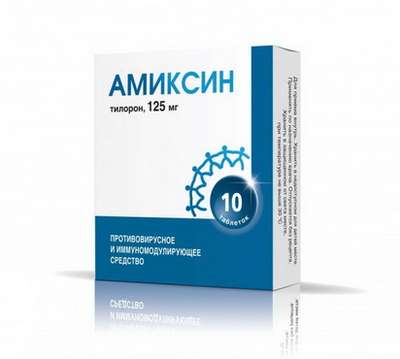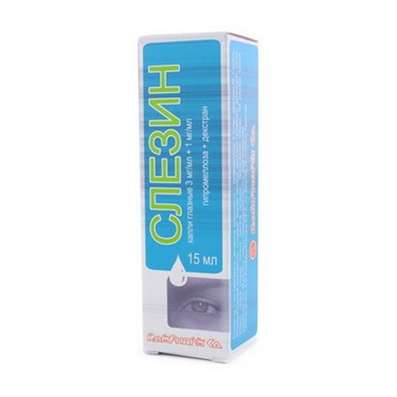Instruction for use: Mardil Selen
I want this, give me price
Dosage form
Solution for external use
Composition
Composition per 1 g:
Active substance :
Mardil Selenium substance-solution (0.9% solution of selenious acid in 90% 2,2-dichloropropionic acid) - 0.78 g;
Excipient:
purified water - 0.22 g.
Description of dosage form
Transparent colorless or light yellow liquid with a specific odor. A light precipitate is allowed.
Pharmacological group
Local necrotizing agent
Pharmacodynamics
The preparation is a solution of selenious acid (0.45% in terms of selenium) in 70% 2,2-dichloropropionic acid. When applied externally on affected areas of the skin, the drug is capable of interrupting the growth and vital activity of pathologically altered cells, including benign skin tumors and malignant nonmetastatic skin tumors through angiocoagulation, dehydration and devitalization. The effect of the drug on the affected area of the skin provides a direct intravital fixation followed by mummification of the pathologically altered tissue with which the drug comes into contact. The immediate effect of the drug is expressed in the appearance of a characteristic whitish-gray or grayish color. Devitalized after the effect of the drug, the fabric is dehydrated and, as it mummifies, it acquires a dark brown color. The formed mummified scab exfoliates after complete re-epithelization, after 2-4 weeks. The healing takes place without complications, especially in the absence of secondary infection, leaving no significant scars and scars, deformations of adjacent tissues or impaired functions of the organs.
Pharmacokinetics
When Mardil SelenŽ was applied to the affected areas of the skin, absorption of active substances and their systemic effect on the body were not detected.
Indications
Mardil SelenŽ is intended for external treatment of benign skin lesions (low-pigment and unpigmented nevi, papillomatous nevi, skin horn, seborrheic keratosis and other keratoses), vascular benign neoplasms (senile hemangioma, angiokeratoma, angiomatous nevus), benign skin formations of viral origin (common warts , plantar warts, flat warts, papillomas), non-metastasizing malignant skin tumors (basal cell carcinoma of 1 st).
Contraindications
Hypersensitivity to the components of the drug, malignant skin tumors prone to metastasis, a pronounced tendency to form keloids, age to 18 years, pregnancy, the period of breastfeeding.
pregnancy and lactation
Studies to study the possible effects of the drug on the body of pregnant women and nursing mothers have not been carried out to date. Treatment in this category of patients should be prescribed only in those cases where the potential benefit of its use for the mother exceeds the possible risk to the fetus or child.
Dosing and Administration
Outwardly.
Treatment of basal cell carcinoma.
Treatment is carried out on an outpatient basis, under the supervision of a doctor. The procedure does not require anesthesia. The preparation is applied with a thin wooden spatula or with the help of the attached glass capillary to the previously degreased 70% alcohol surface of the formation. The treatment is carried out by several applications at intervals of 1-2 minutes, taking 1-2 mm of apparently healthy skin, until a dense whitish-gray coloration appears. Change in color of the tissue occurs within 2-3 minutes after application of the drug. At the same time, the consistency of the neoplasm changes to a more dense one. The dose of the drug depends on the stage, clinical form and density of the tumor and can be up to 0.2 ml. The maximum daily dose of 0.2 ml.
The standard course of therapy for basal cell carcinoma of the 1st stage includes 3-fold treatment of the tumor and is performed on 1. 2 or 3 days and 8 or 9 days. Additional. 4 Mardil SelenŽ applique is allowed after rejection of the mummified scab at the discretion of the doctor. Around the neoplasm after application of the drug Mardil SelenŽ, a transient band of hyperemia and edema is observed, which passes 24-48 hours after the completion of the procedure. The next day after the application, the pathological focus is mummified, acquires a dark brown hue and sharply decreases in size. Mummified scab is separated only after complete epithelization spontaneously after 2-4 weeks. The healing takes place without complications, especially in the absence of secondary infection, leaving no significant scarring, scars and deformities of adjacent tissues or impaired functions of the organs. To prevent complications immediately after applying the drug, treatment of the affected area with a non-alcoholic antiseptic is recommended for 2 weeks, 2 times a day.
Treatment of benign neoplasm of the skin. vascular benign neoplasms of the skin, benign skin formations of a viral origin.
Treatment is carried out on an outpatient basis under the supervision of a physician. The standard procedure is performed once and does not require anesthesia. The preparation is applied with a thin wooden spatula or with the help of the attached glass capillary to the previously degreased 70% alcohol surface of the formation. The treatment is carried out by several applications at intervals of 1-2 minutes until the appearance of whitish-gray or grayish staining. Change in color of the tissue occurs within 2-3 minutes after application of the drug, in the presence of severe hyperkeratosis - within 5-7 minutes. At the same time, the consistency of the neoplasm changes to a more dense one. The dose of the drug depends on the type, size, density and severity of hyperkeratosis and can range from 0.02 ml to 0.2 ml. The maximum daily dose of 0.2 ml.
Around the neoplasm after application of the drug Mardil SelenŽ, a transient band of hyperemia and edema is observed, which disappears without a trace 24-48 hours after the completion of the procedure. The next day after the application, the pathological focus is mummified, acquires a dark brown hue and sharply decreases in size. Mummified scabs are separated only after complete epithelization spontaneously after 2-3 weeks. The healing takes place without complications, especially in the absence of secondary infection, leaving no significant scarring, scars and deformities of adjacent tissues or impaired functions of the organs. To prevent complications immediately after applying the drug, treatment of the affected area with a non-alcoholic antiseptic is recommended for 2 weeks, 2 times a day.
In large neoplasms and tumors with severe hyperkeratosis, in case of their incomplete removal, it is possible to apply the drug again.
Side effects
The use of Mardil SelenŽ can lead to a change in skin pigmentation and the formation of superficial cicatricial changes. With the normal course of the process of epithelialization. absence of secondary infection and independent separation of mummified scabs the probability of such consequences is small. There may be swelling of the tissue, very rarely with individual sensitivity to the components of the drug, allergic reactions in the form of pruritus are possible.
If unwanted reactions occur, including those not indicated in the instructions, contact your doctor.
Overdose
If Mardil SelenŽ is used incorrectly to prevent damage to deeper layers of the skin, the preparation should be rinsed with running water. Healing can occur independently without the use of additional drugs or with the use of wound healing drugs.
Interaction
The interaction of the drug Mardil SelenŽ with other drugs of external action is not established.
special instructions
Handle with care.
Before opening the vial should be shaken and move the solution, which got in the top of the bottle, to its bottom. The opened vial should be in a strictly vertical position.
Mardil SelenŽ contains an acid in its composition. Avoid getting the product on healthy skin or mucous membranes. If an accidental ingestion of Mardil SelenŽ to a healthy skin or mucous membrane occurs, remove the drug as soon as possible with a cotton swab moistened with water. In the treatment of affected skin areas located near the eye area, special precautions should be observed. Avoid getting into the eyes! If an accidental ingestion of Mardil SelenŽ in the eye occurs, rinse immediately with plenty of water and 1% sodium hydrogen carbonate solution, and then consult a doctor.
It is impossible to remove the mummified scab by scraping or using mechanical means. The scab should separate from the healthy skin by itself, otherwise it may damage the processes of tissue healing and the formation of scars. Until complete healing of the skin is not recommended to swim in swimming pools and open water, and should avoid exposure to direct sunlight and ultraviolet radiation. On the day of treatment it is recommended to limit water procedures. It is advisable to avoid traumatization and contamination of the treated pathological focus until complete epithelialization.
The use of the drug does not affect the ability to perform work that requires an increased concentration of attention and speed of psychomotor reactions (including driving, working with moving mechanisms).
Disposal of used bottles:
Before discarding the vial, the rests of the drug should be washed off in running water. Empty vial can be thrown into the garbage container.
Form of issue
Solution for external use.
For 0.5 or 1 ml in bottles of light-protective glass, sealed with rubber stoppers, with a combination of aluminum and plastic caps.
One bottle with a set of glass microcapillaries (5 pieces) is placed in a plastic pallet or cardboard insert and, together with the instruction for medical use, is placed in a pack of cardboard for consumer containers.
Storage conditions
In the dark place at a temperature of no higher than 25 C.
Keep out of the reach of children.
Shelf life
3 years.
Do not use the product after the expiration date printed on the package.
Conditions of leave from pharmacies
On prescription.

 Cart
Cart





